“Meet Me Downtown” is a Vibrant Document of Change in Brooklyn
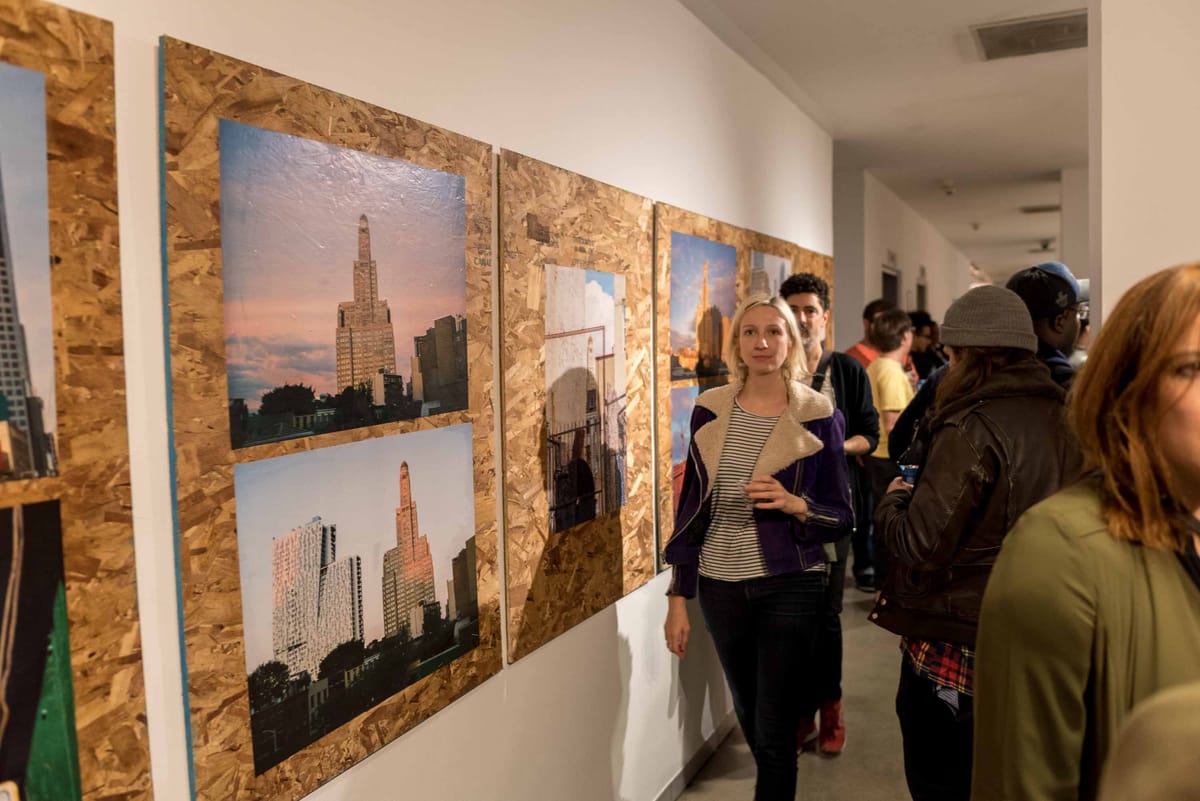
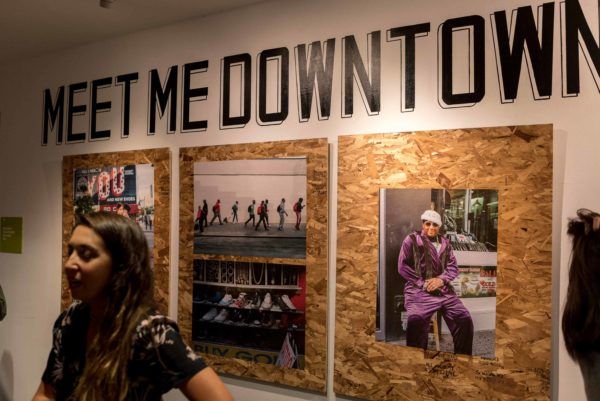
DOWNTOWN – The Downtown Brooklyn Partnership’s Culture Forward festival launched last night with an exhibition of street photographs that documented the rapidly changing face of Downtown Brooklyn.
Joel Barhamand has worked in New York for 12 years, but Meet Me Downtown marks his first solo show. A student of commercial photography, he found himself drawn to life on the street as a subject when he moved to New York to pursue a career as a pro photographer.
At first, he found himself on the West side of the East River. “Manhattan is the Mecca of street photography,” he said, “With the magic mix of tourism and business—people just don’t have time to care what you’re doing.”
But living the last 10 years in Boreum Hill, Barhamand began to notice changes in Downtown Brooklyn, and turned his camera on the familiar characters and characteristics of his neighborhood.
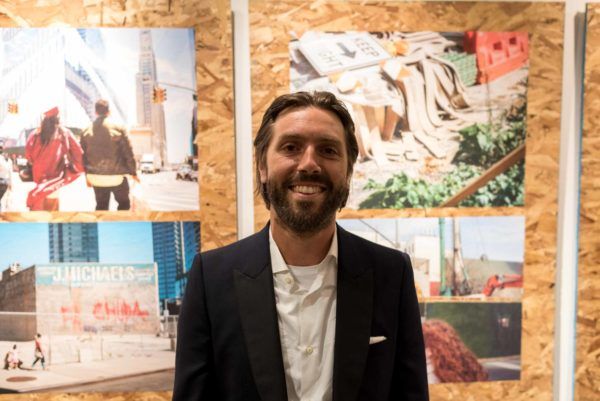
The photos shown in Meet Me Downtown come from the last 3 years, when he felt the pace of development downtown quicken dramatically.
“Once I saw the neighborhood start to change,” Barhamand said, “it was no longer about street photography so much as documenting.”
Losing some of the irony that can come with street photography, no longer interested in getting a laugh, Barhamand documented the changes: a beloved building town down, a new high-rise going up.
A dramatic series of shots taken practically out of his window near 3rd and Pacific show the iconic Williamsburgh Savings Bank Tower: first alone, then suddenly accompanied by a half-finished tower, then standing paired with the striking facade of 300 Ashland.
“It’s a race against time,” he said, “And I don’t want to forget the people.”
But he’s quick to clarify the role of a photographer is as an observer, not an activist. “I try not to be precious—it’s not a political fight.”
Gentrification and displacement are common rallying cries for Brooklynites, but Barhamand is matter of fact: the people have to go somewhere, even if his own 3rd Avenue is next, he says. “New York is a huge machine. There’s no room in Manhattan.”
But as the city finds—and makes—room in Brooklyn for the new, Joel Barhamand is there to catch the process. With a sense of immediacy in his photos, the embraces and the lives on the move, rendered as prints in bold, high-contrast color, burst off the wall.
Attendees at the gallery—more jeans and joggers than slacks and tights—nodded approvingly, pointing out landmarks and exploring their own memories of a changing city.
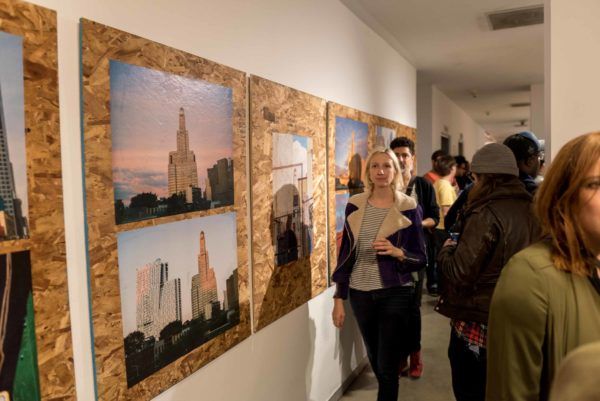
“Joel Barhamand’s work is a tribute to the vibrancy of Downtown Brooklyn, and we are thrilled to have him participate in Culture Forward,” said Downtown Brooklyn Partnership President Regina Myer.
In Barhamands photos, old iconography is displaced—the “Junior’s” signage on the back of a truck—while orange construction netting and green plywood are put up instead.
Progress is everywhere, but imperfect: a rumpled business bro, his shirt untucked, stares defiantly into the camera, the unfinished shell of a new building rising behind him.
In another frame, a backhoe sits triumphantly atop a mound of dirt, a temporary king of the hill, as the old is torn down to be built up and torn down again.
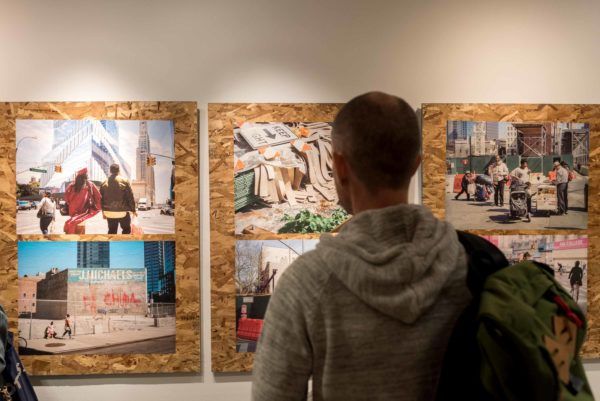
The photographs on display aren’t without the wink of irony, the playfulness of street photography: a shot of a basketball hoop (the looming concrete skeleton of a high-rise behind it, naturally) is positioned next to a shot of a man’s balding pate, the joke an easy lay-up.
The photos themselves are fixed to plywood, raw and unvarnished, with manufacturing stencils still visible—mirroring the rough process of constant construction.
Even the exhibit itself won’t last too long, with Barhamand’s excellent work on view this week from 9 am – 7pm at 80 Hanson Place. Similar work of his can be seen in the Times’ “Fulton Mall, Amid Change” spread from earlier this summer.
Still, the work goes on for the photographer, and Barhamand says his goal is to edit from the “thousands” of photographs he’s taken down to a book about downtown—a physical record of an ever-changing subject.




